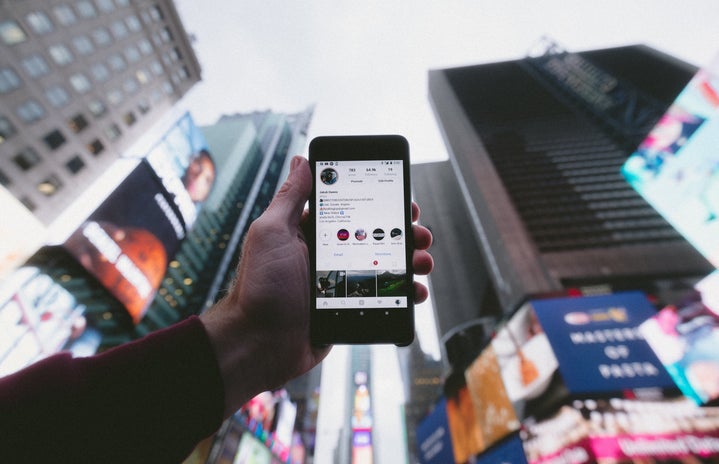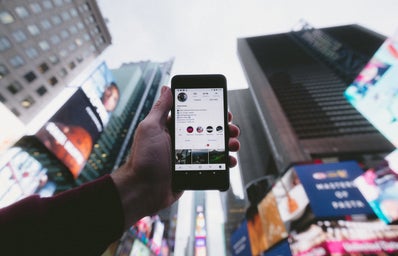Every day, people view almost a billion videos using Youtube, MTV, Vevo, or other streaming sites. As explained in an article published in Elsevier, studies have proven that watching these videos is associated with desensitization towards violence against women, increased alcohol use, and more stereotypical beliefs of gender roles. Specifically in young women, watching music videos and viewing other sorts of media like them is also found to increase their body dissatisfaction, make them spend more time on their appearance, and worry more about their weight. Viewing these forms of media have also been found to be related to depression, anxiety, eating disorders, and a lack of confidence.
Why, then, if we know that these things have such negative effects on young girls, do we allow them to continue? If music videos, reality television, magazines, and other forms of media that young women view are shown to cause eating disorders and depression in young girls, why have we not changed the ways that our media portrays women, the portrayals that lead our young girls to these negative thoughts?
In music videos especially, women are “ treated as bodies that exist for the use and pleasure of others, rather than being seen as independent persons with their own thoughts, feelings, and desires,” and women are portrayed in inferior roles (quoted in Mischner). Usually, these women are viewed as parts instead of as a whole, and are present mainly for sexual gratification, having no room for agency or strength. These videos further the sexist views that the world tends to hold towards women, that they “exist as sexual objects whose value primarily depends on their physical appearance,” and appearance that is predominantly sexualized and depends solely on their size and weight, as well as their scandalous and skimpy clothing.
And these are the portrayals of women that young girls see almost daily, women who have ‘perfectly’ skinny bodies, large breasts, perfect makeup – portrayals that they then try to model themselves after. According to the National Eating Disorders Association, girls begin to express concerns about their body by age 6, and 40-60% of all 6- to 12-year-old girls are concerned with becoming too fat.
Let me say that again, in case you missed it: half of all elementary school girls are overly concerned with becoming too fat. These girls are just beginning to learn who they are in the world, who their friends are, where they fit. They should be worried about getting their homework done, making friends, going to school. They should not have to worry about comparing their bodies to the models in the magazines, on TV, or in music videos.
And these girls know exactly where the pressure comes from: an article published in Time Magazine reports that a fifth of the girls in the study report feeling “a lot” of pressure from the media to lose weight; the same was true with the boys in their study. Similarly, Huffington Post published an experiment that concluded young girls are more pressured to “look good” by their friends than by movies or the media – but where are their friends learning about the pressures to begin with?
Trust me, I’m not knocking social media, and I’m not saying that we should take it away from young teens. But while it does have many upsides, it also comes with a few downsides: easier ways to bully one another, more access to things that may not be appropriate, the distraction of just having the ability to use it. Social media itself is not the problem; the problem is the things that big advertising companies and producers are allowed to share via social media, allowing access to teens and younger adolescents who may not have the highest self-esteem or are trying to learn who they want to be as people. At the time of the studies mentioned, most of the subjects are under 15 and can be easily influenced by the shows, images, and videos that they view on a daily basis.
Eating disorders in young adolescents are a real, present problem. Self-harm in teens is a real and present problem. And a lack of body positivity and self-esteem in people of both genders, of all ages, is a real, present problem. All of these problems stem from the same basic concept: the media, and specifically the ways that the media portrays the “perfect” person, the type of person that everyone who views media may subconsciously compare themselves to.
People are naturally curvy, slender, sleek, tall, short, and everything in between. There is no single “type” of “beauty” or body for males, for females, for any age or any personality – and to allow people, especially adolescents, to understand this, we must change the way that people are portrayed in the media. We should not have the problem of kids who are six, ten, or even fifteen years old refusing to eat because they think they’re “fat” compared to the standards portrayed in the media. And in order to fix this, we must first fix the media, a change that is already beginning to happen, but needs to take flight.

